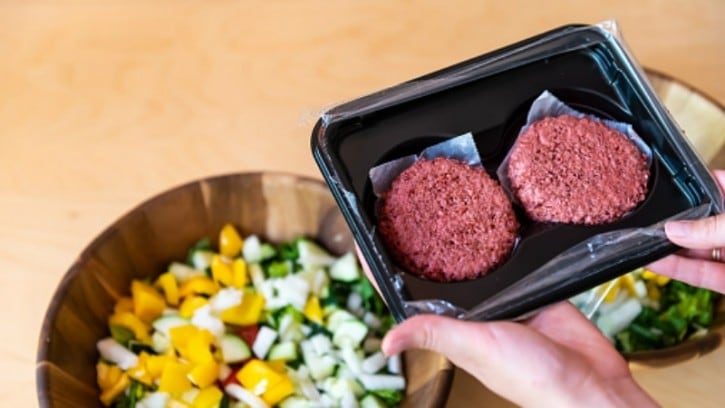Many markets in Asia have implemented new digital imports systems in the past few years in order to cope with logistics changes and customs congestion issues at their borders, from Thailand to South Korea.
The Philippines is the latest market to join this digital transformation shift, and similar with most of the previous markets, will be initiating its new digital system for the import of agricultural, food and beverage products.
“This implementation of a pre-border technical verification of imported goods aims to expedite the inspection of products entering the country and further strengthen national security, safeguard consumer rights and protect the environment against sub-standard and dangerous imports,” Office of the President Executive Secretary Lucas Bersamin said via a formal statement.
“This will come along with a single electronic invoicing system that is controlled by the Philippines government, which is necessary to effectively monitor international trade transactions.
“All provisions in this new order will be applied to all import commodities, but will be rolled out in three phases starting with all agricultural goods – this will cover (but not be limited to) fresh or frozen meats, fish and other aquatic products, vegetables, fruits, cereals whether processed or not and other similar items.”
Committee control
Interestingly, the implementation of this new system is set to be headed by a multi-ministry committee comprised of high-ranking members, with the Department of Finance (DoF) Secretary as the chairperson and members including the Department of Agriculture (DA) Secretary, the Department of Trade and Industry (DTI) Secretary, the Department of Health Secretary, the Bureau of Customs (BOC) Commissioner, the Philippines Drug Enforcement Agency DG and more.
The committee has been mandated by order of Philippines President Ferdinand Marcos Jr. to convene regularly at a minimum of once a quarter, to cover functions from creating guidelines and regulations to procedure formulation.
‘The conduct [and usage] of the Pre-Border Technical Verification [as well as the] procurement of the Cross-border Electronic Invoicing System shall be at no cost to the Philippines government,” Marcos had stated via a formal statement.
“In terms of implementation, the BOC is the primary government entity responsible for implementing customs procedures and is thus hereby directed to implement these systems in accordance with the direction by the Committee, international trade standards and existing regulations.
“The BOC may also request any government department, agency or instrumentality – including government-owned or -controlled corporations – to render full assistance and cooperation to ensure the effective implementation
“The Committee shall also set timelines and targets for the phased implementation of these systems, provided that both are full implemented within two years (by May 2026).”
Whether the approach of having a committee lead the project - compared to a single ministry or entity – will be more effective in the long run remains to be seen, but what is for certain is that importers looking to bring products into the Philippines are currently facing massive challenges in terms of these being caught up amongst huge congestions and long processing times at the various points of custom entry.
According to data from a 2022 study conducted by the BOC, the average time for pre-customs import processes could go up as high as over four days at the Manila International Container Port (MICP), over three days for Port of Cebu, and over nearly three days for other major ports.
The average time for customs processing was lowest at the MICP at one day and 19 hours compared to two days and 20 hours at Port of Cebu; whereas post-customs processing in terms of cargo movement came up to 3.5 days at MICP and seven to eight days for all the other ports.
“For the entire process from the ship’s arrival to the time the goods exited the port terminal facility, the overall average time to process an import was found to be [over] nine days for MICP, and between seven to eight days for the others,” said the report authors.
“Based on the data presented above, most of the import and export processes happen pre-customs and post-customs. Customs processing times only took up about 30% of the overall average time for imports.
“It was also noted that majority of the ports experienced delays during the value verification process of the documents, caused by brokers’ failure to submit supporting documents and required licenses or permits.
“The delays experienced are also being caused by the practice of submitting and bringing of documents by the brokers, and that permits from relevant government agencies are still not directly being transmitted to the BOC - These practices highlight the need to enhance the digitization of custom process and strengthen trade facilitation.”





